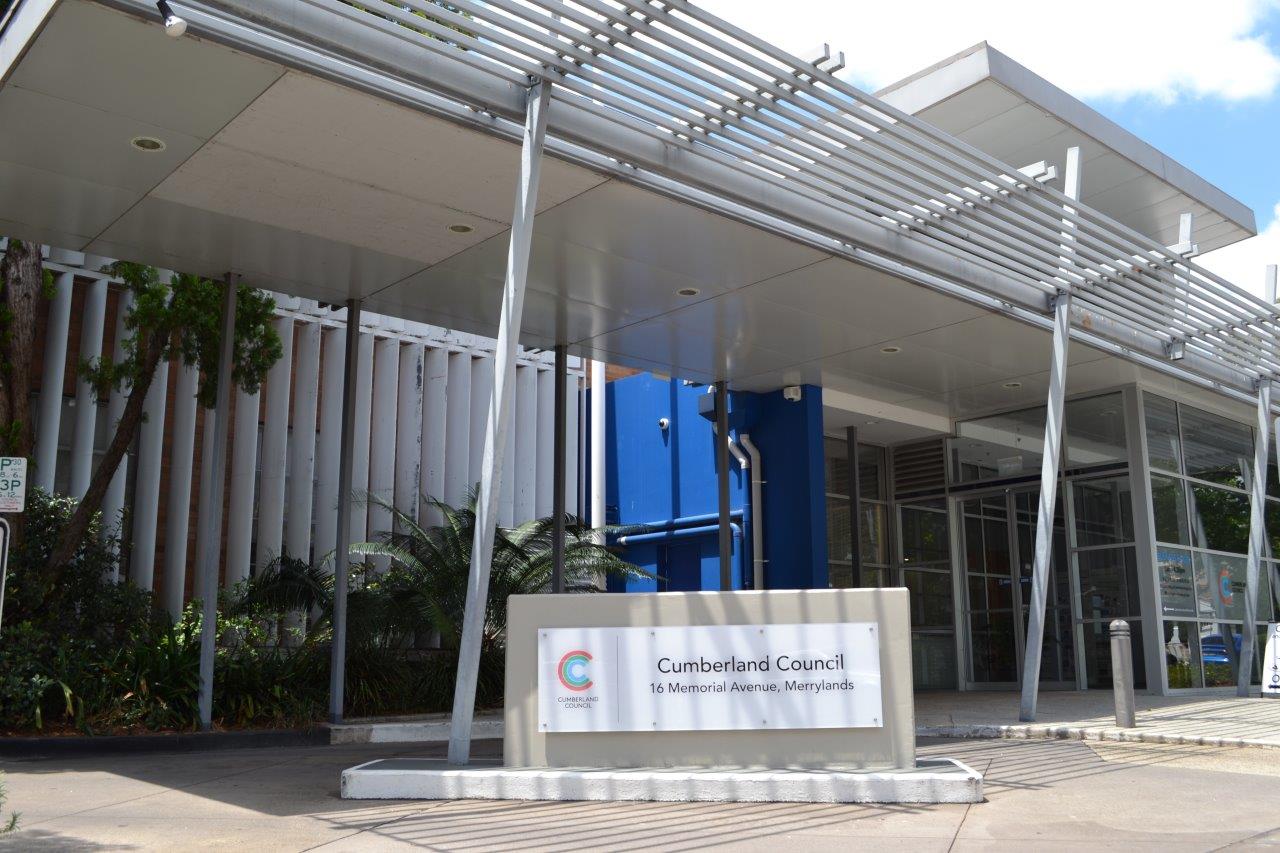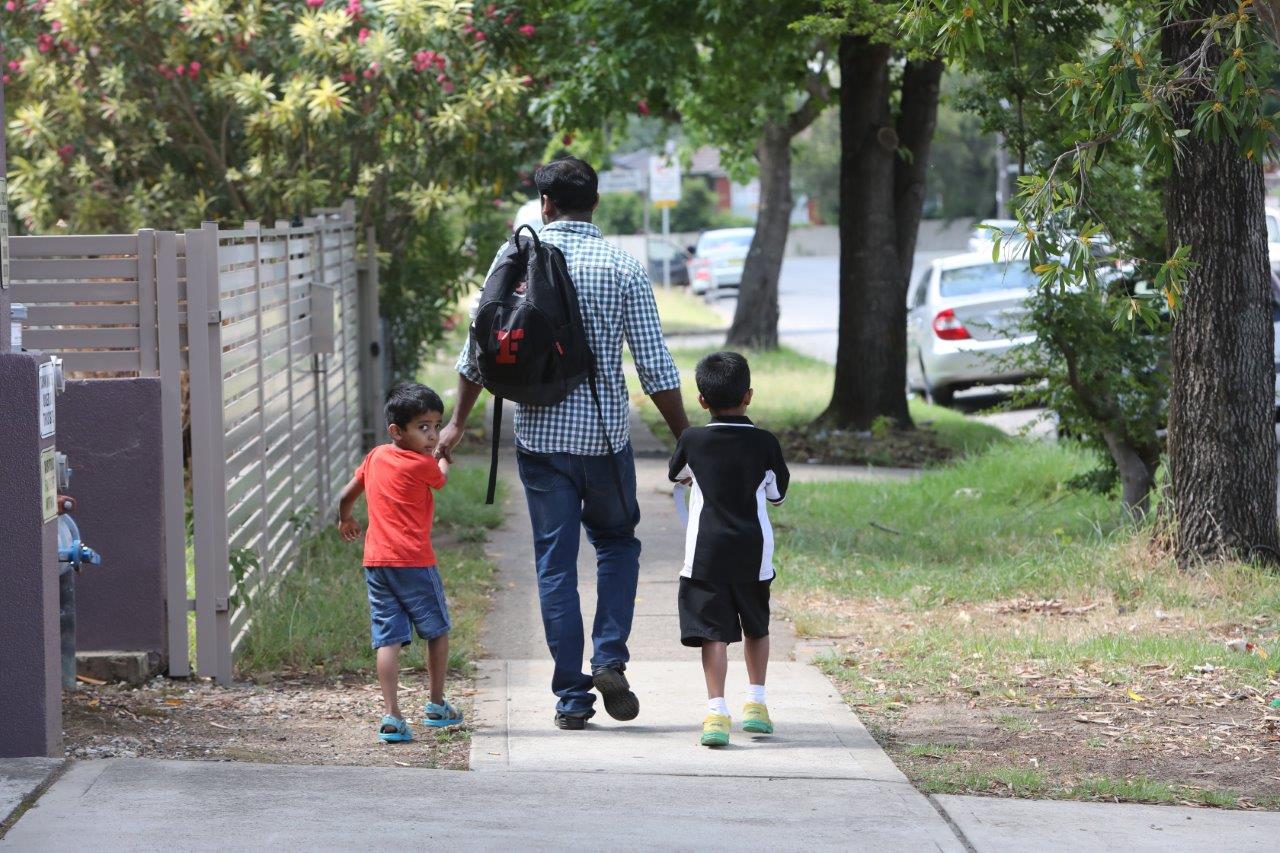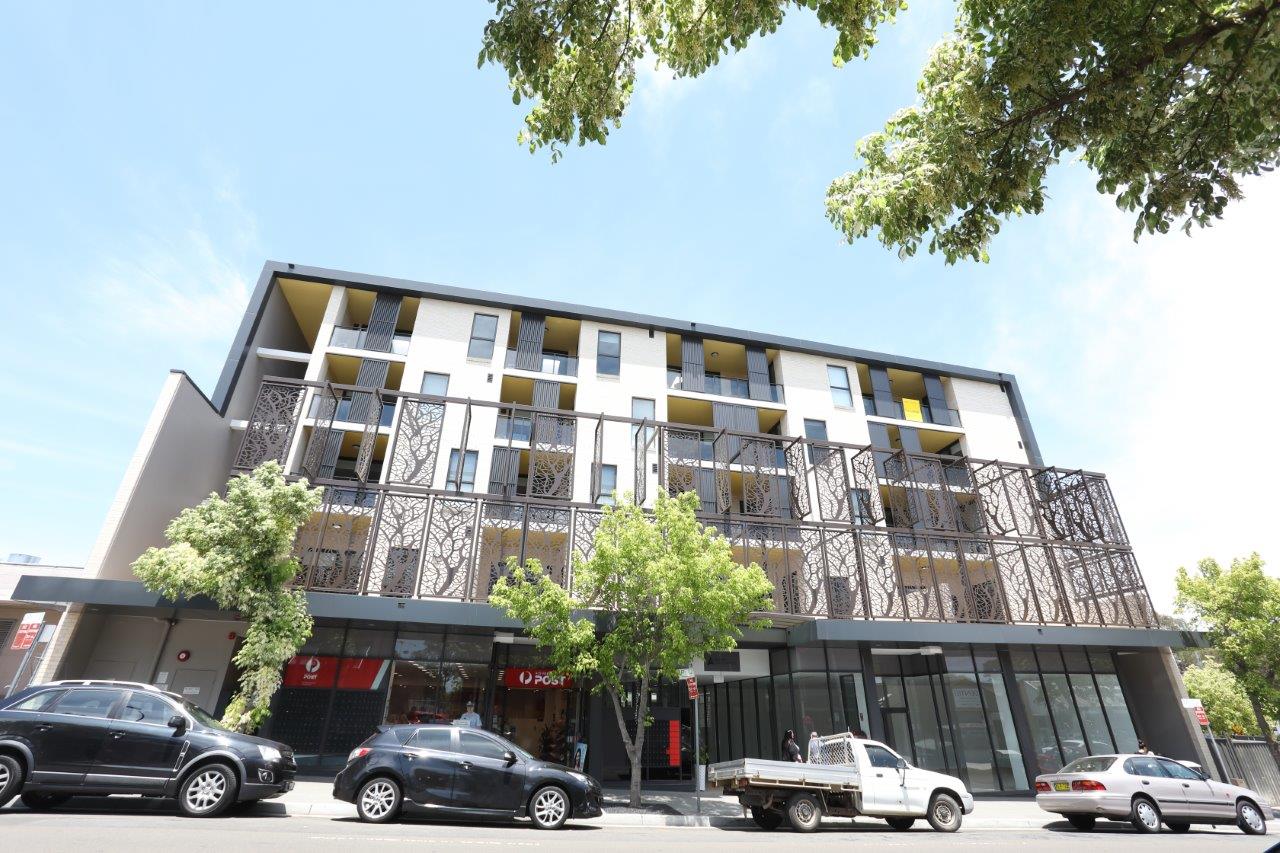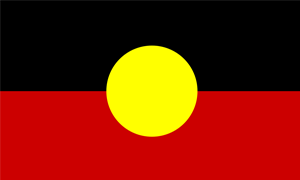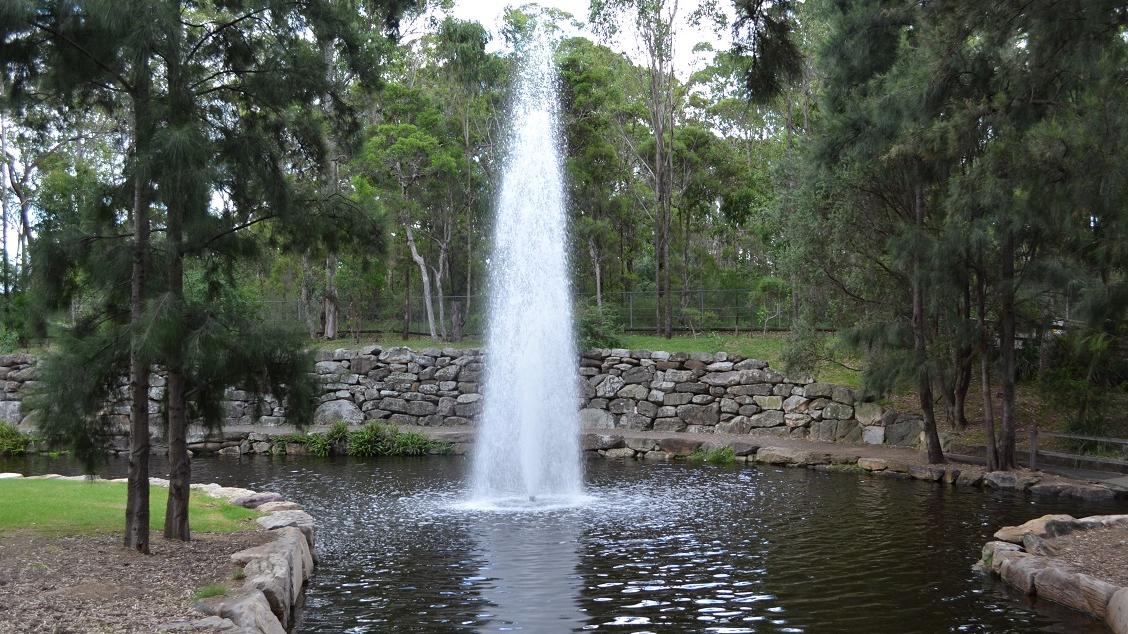
About Rates Harmonisation
What has changed?
The NSW State Government required Cumberland City Council to adopt and implement a rates structure for the 3 former Council local government areas of Holroyd, Auburn and Parramatta commencing from the 2021/2022 year. This process is known as rates harmonisation.
Rates harmonisation means a redistribution of the total rates income so that all ratepayers have their rates calculated in the same way. Whilst your rates may change, the total rate revenue received by Council will not increase.
Why did we harmonise rates?
All amalgamated councils were required, by law, to have one rating structure by 1 July 2021. Council has utilised provisions under the Local Government Bill 2021 to achieve gradual rate harmonisation over a 4-year period, commencing 1 July 2021.
During the merger process in 2016, the NSW State Government imposed a rates freeze which meant councils could not change the way rates were calculated. Therefore Council applied three different rates structures from the councils that were amalgamated into Cumberland (Auburn, Holroyd and part of Parramatta) and as a result, the way rates are calculated varies.
The rates freeze ended on 30 June 2021 and Council is gradually harmonising the rate paths of the former Councils over a 4-year period to achieve a single, fair and equitable rates structure across the entire LGA.
What are the changes?
From July 2023, the method of calculating rates is based on an ad valorem (according to the land value) and subject to the following minimums:
- Residential minimum amount $785 and will increase by approximately 10%, $860 in 2024/2025.
- Business rate minimum amount will start at $1,259.33 and increase annually by the rate peg, as determined by the Independent Pricing and Regulatory Tribunal of New South Wales (IPART).
To assist with reducing the rates burden on general business and residential properties, Council also uses business sub-categories for properties where the dominant use is of an industrial nature and multi-level shopping centres where additional infrastructure is required.
If the property is used for a purpose shown on the Industrial land classifications list then a business sub-category of ‘Business Industrial’ will apply.
What consultation occurred?
Council conducted community consultation between 20 March 2020 and 30 September 2020, seeking feedback from ratepayers about their preferred option and the impacts associated with each option.
A letter was sent to all ratepayers, which included a flyer in 4 languages, and rates harmonisation had both a dedicated webpage on Council’s website and a ‘Have Your Say’ page. Rates harmonisation was also featured on Council’s Facebook page, as well as in the 7th July edition of e-News.
We received 550 written submissions during the consultation period, of which 65% supported Option 1, being no Special Rate Variation increase and a transition over 5 years to a single rates structure across the Local Government Area commencing from 1 July 2021. We also carried out a community survey, which revealed 63% of residents and businesses also supported Option 1.
What’s happening with rates harmonisation?
As part of the harmonisation process, Council has received approval from NSW Independent Pricing and Regulatory Tribunal (IPART) to increase the minimum rate from $650 to $715 for 2022/2023, $785 for 2023/2024 and $860 for 2024/2025 financial years.
The impact of increasing the minimum rate results in enabling a more equitable way of charging rates, which would largely impact higher density housing who, despite having lower land values, have the same access to Council facilities and infrastructure as houses with higher land values. Additional income is not raised from this process, and the increase in minimum rates will only enable Council to change the way the rates are levied to ratepayers.
A Hardship Application for Rate Relief form is available if you are experiencing genuine financial hardship.
For further details, view the Rates Harmonisation Brochure
FAQs
What are rates?
Council rates are a property tax and are a source of Council revenue. Rates are used to provide essential infrastructure and services. This includes footpaths, resealing roads, and stormwater drainage as well as community facilities (parks, gardens, libraries and pools).
How are rates calculated?
Properties are assigned a category and, in some cases, a sub-category for rating purposes. Rates are calculated on the land value of a property, multiplied by an adopted ‘rate in the dollar’. The land value is determined by the NSW Valuer General, who issues a ‘Notice of Valuation’ at least every 3 years.
The current valuation is determined as at 1 July 2022. Council will use this land valuation to calculate your Rates for the next 3 years starting 1 July 2023.
Valuation NSW have issued a Notice of Valuation (NOV) to all NSW landholders for the 1 July 2022 general land valuation program.
The Notice of Valuation was issued with a copy of the Valuer General’s Your Land Value Fact Sheet.
The NOV also included a QR code which, if scanned, would link the relevant person/s to the Valuer General’s most up to date information about their land value. This included, but is not limited to information such as:
- how we value land;
- past land values;
- trends, medians and land values from across NSW;
- property sales information; and
- valuation reports, policies and fact sheets.
For more information, please visit https://www.valuergeneral.nsw.gov.au
What is rate pegging?
The Independent Pricing and Regulatory Tribunal (IPART) sets the amount that NSW councils can increase rates each year, in line with inflation and other considerations. For 2024/25 the Rate Peg has been set at 5%.
This means that Council’s total rate income is capped each year. Council cannot increase its rates revenue above the rate peg; to do so requires a ‘Special Rate Variation’ (SRV) application to IPART.
Council will only raise income to 4.5% overall, to assist ratepayers in these difficult economic times.
What is a minimum rate?
When calculating rates, if the valuation multiplied by the rate per dollar falls below the minimum rate, the minimum rate will be charged.
What options are available to me if I feel the changes will cause me financial pressure?
Council’s existing Hardship Policy (PDF, 103KB) will be available to assist ratepayers who are eligible for assistance. Ratepayers can also apply to pay their rates using an instalment plan instead of paying them as a lump sum.
